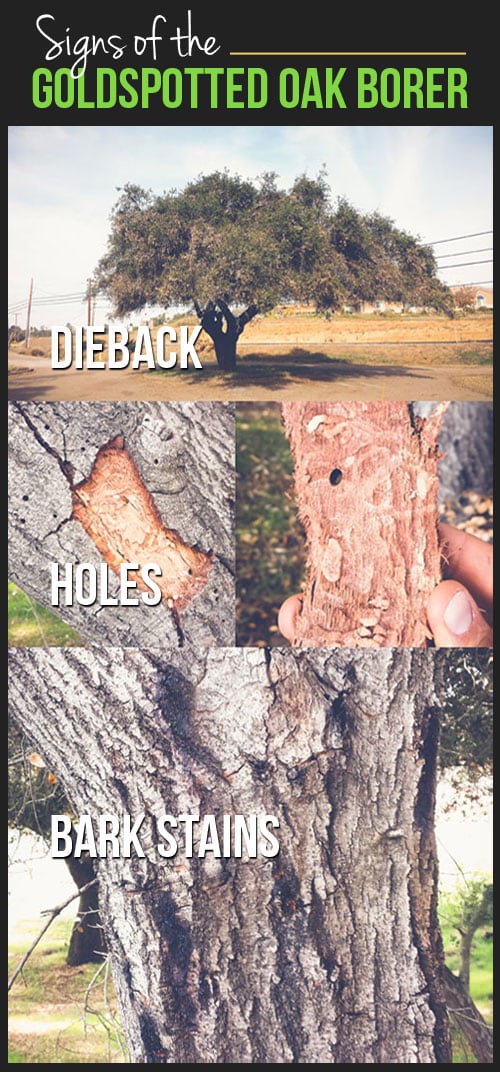Pay Attention To Critical Signs That May Expose Your Tree Is Dangerous; Being Educated Regarding These Can Help Shield Your Residential Or Commercial Property And Enjoyed Ones.What Should You Look For Following?
Pay Attention To Critical Signs That May Expose Your Tree Is Dangerous; Being Educated Regarding These Can Help Shield Your Residential Or Commercial Property And Enjoyed Ones.What Should You Look For Following?
Blog Article
Material Written By-Velling Malling
When it comes to tree care, identifying the indications that it's time for removal is necessary for your safety and residential or commercial property. visit this web-site might observe stained leaves, wilting branches, or strange fungal developments suggesting illness. Architectural issues, like a substantial lean or fractures in the trunk, can likewise pose threats. Comprehending these warning signs can aid you make notified decisions regarding your trees and stop potential threats prowling in your yard. What should you search for next?
Signs of Decay and Condition
When you discover indications of degeneration and disease in your trees, it's critical to act promptly. Try to find stained fallen leaves, wilting branches, or unusual developments like fungus. These can indicate that your tree is battling.
If you see cracks in the bark or soft, mushy wood, these signs and symptoms suggest internal decay. Additionally, an abrupt increase in parasites around your tree can signal that it's damaged and prone.
Check for any dead or passing away arm or legs, as they posture a risk to your residential property and safety and security. If you're uncertain about what you see, consulting an arborist can offer quality.
Attending to these signs early can save you from more comprehensive damage and ensure the wellness of your yard. Do not wait till it's far too late.
Structural Instability and Leaning
As you observe your trees, keep an eye out for any indications of structural instability or leaning. If a tree leans considerably, it might indicate that the root system is jeopardized.
Search for any type of splits in the trunk or dirt around the base; these can signal potential failure. Additionally, check for uncommon growth patterns, like a lopsided crown, which may recommend that the tree is struggling to hold itself upright.
If you see that the tree favors your home, power lines, or other structures, it presents a higher threat. Do not overlook these signs-- get in touch with an arborist to assess the scenario.
Doing something about it early can stop costly damage and ensure your safety.
Dead or Dying Branches and Foliage
If you notice dead or dying branches and foliage on your tree, it's a clear indication that something's wrong.
These undesirable locations can show underlying problems like illness, bug infestations, or ecological tension. When branches lose their fallen leaves or transform brownish, they're no longer adding to the tree's health. Overlooking Tree Root Removal could bring about further decline, making your tree more unsafe.
Dead branches can easily break off throughout storms, presenting a danger to property and people nearby. It's essential to evaluate the degree of the damages.
If the trouble influences a significant part of the tree, take into consideration speaking with a professional. They can help establish if removal is required to make certain safety and preserve the appeal of your landscape.
Final thought
If you discover any kind of indicators of decay, structural instability, or dead branches on your trees, do not neglect them. These signs can present serious safety and security risks to you and your residential property. It's constantly best to consult an expert arborist that can offer an expert evaluation of your trees. Acting early can protect against mishaps and expensive damages, ensuring your landscape stays risk-free and healthy and balanced. Bear in mind, it's far better to be aggressive concerning tree care than to wait on a catastrophe to happen.
